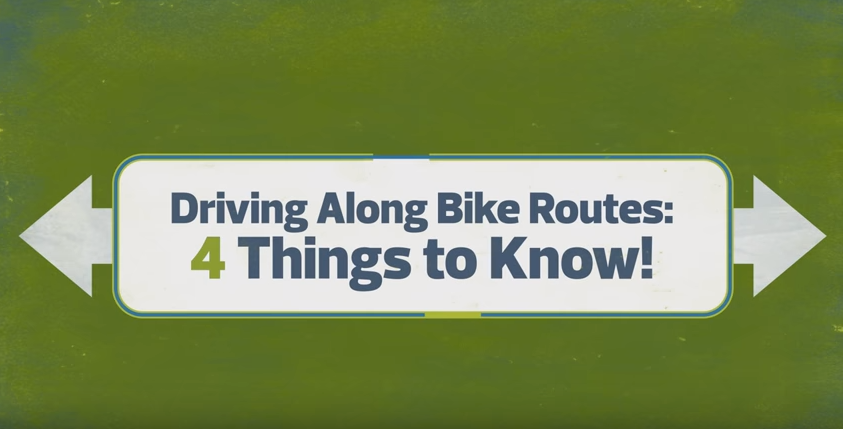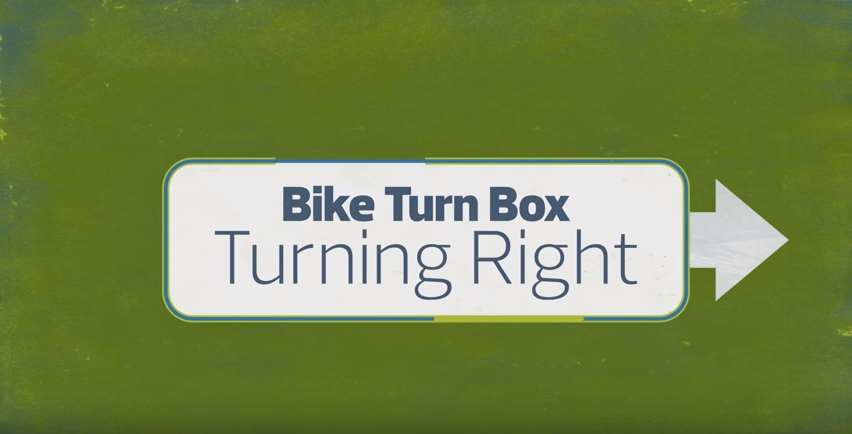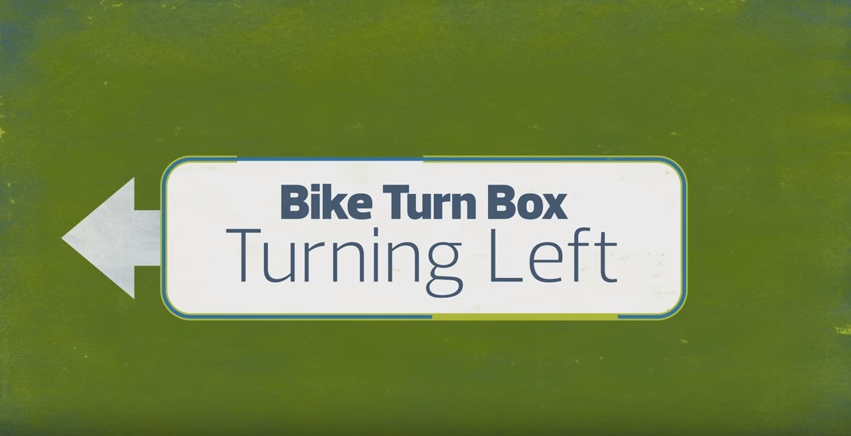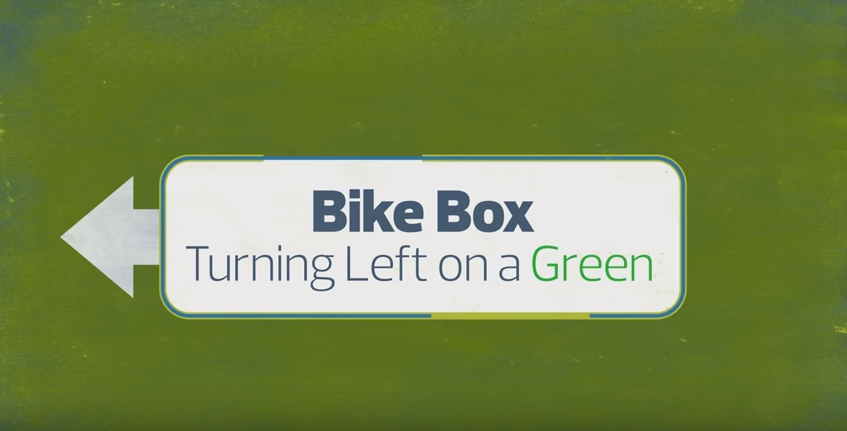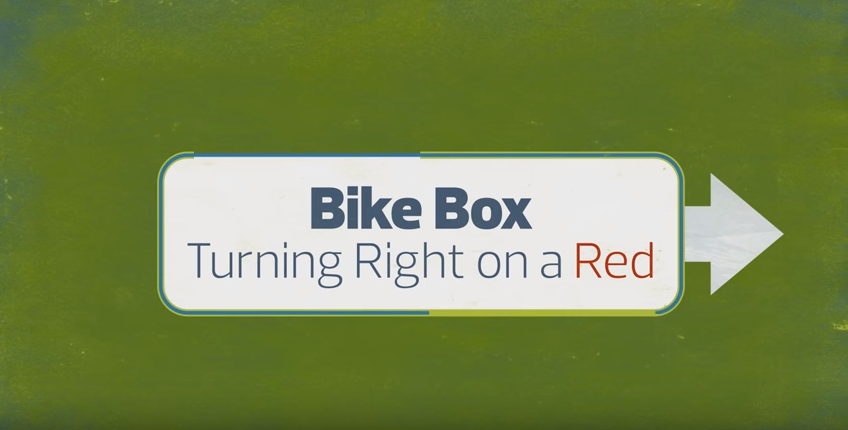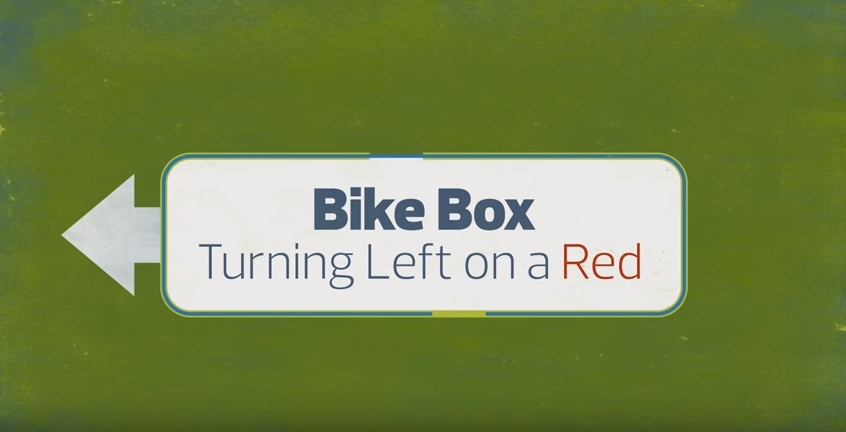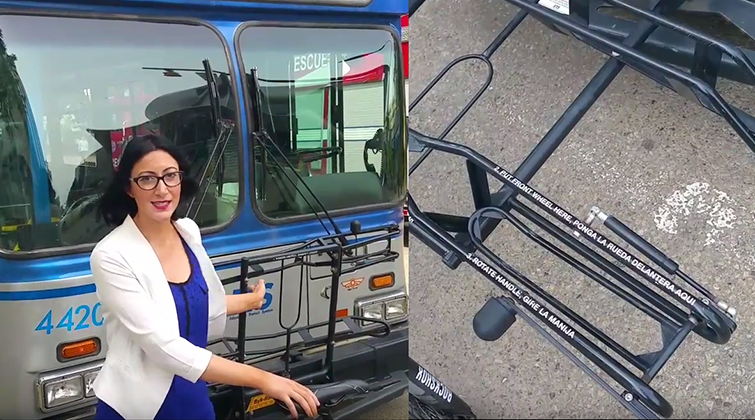Bike Lanes and Paths
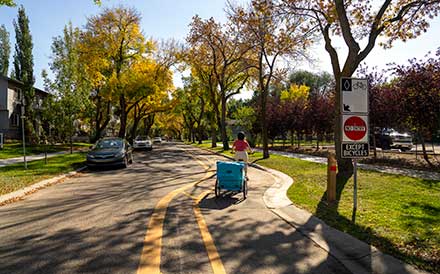
These lanes are installed on some one way streets to give bikes a dedicated lane to ride against the flow of traffic.
When you bike with traffic:
- Share the lane with vehicles
When you bike against traffic:
- Travel in the contraflow bike lane. A single or double solid yellow line on the road separates the bikes in the contraflow bike lane from the cars.
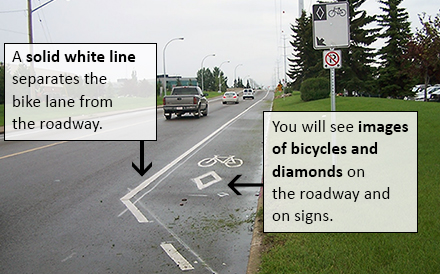
Painted bike lanes reserve space on the road exclusively for bikes
In Your Car:
- When you are driving beside a painted bike lane, you need to pay special attention when turning right at an intersection or accessway such as an entrance into a parking lot or driveway
- Wait for the solid line to become dashed, shoulder check to look for a cyclist and then, when safe, enter the lane
On Your Bike or In Your Car:
- Bike lanes are dashed before an intersection to indicate to cyclists where a left turn bay starts
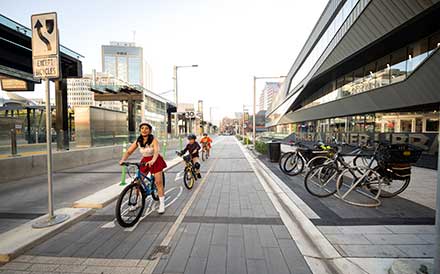
Protected bike lanes are on-street bike lanes protected from moving and parked vehicles by a physical barrier. Protected bike lanes may allow for travel in one or both directions.
On Your Bike:
- Watch for signs and paint symbols indicating the direction of travel
In Your Car:
- Look both directions and yield to bikes when crossing and turning
Local street bikeways are becoming an important part of our city's active transportation network. Based on Edmontonians’ feedback and emerging best practices in design, we’re implementing a new type of cycling facility. Local street bikeways are designed for people of all ages and abilities to feel comfortable cycling on quieter residential streets, even without dedicated bike lanes.
What is a local street bikeway?
A local street bikeway is a bike route, that also accommodates scooters, rollerblades,and similar, on low-traffic and low-speed streets, for example, on local roads with a posted speed limit of 30 km/h, where people cycling share the road with motor vehicles. These bikeways prioritize safety and comfort through:
- An updated posted speed limit of 30 km/hr
- Traffic-calming measures like speed humps, curb extensions and centre medians to encourage slower vehicle speeds
- Vehicle traffic diversion elements to reduce the volume of vehicles using the street
- Signage and pavement markings that clearly show it's a shared space
- Bike detected signals, two-stage crossings and other crossing designs to allow cyclists to safely cross busier roadways
Goals of Local Street Bikeways
Local street bikeways are designed to:
- Reduce vehicle speeds and traffic volumes through built-in street modifications
- Support all road users by making streets safer for biking, walking and driving
- Increase accessibility by connecting people to parks, schools, local businesses and other active transportation infrastructure
- Offer adaptable and permanent solutions for long-term street improvements
- Improve roadway safety for everyone
How are local street bikeways different from shared roadways?
A local street bikeway has enhanced design features that differ from the existing shared roadway routes.
There are existing shared roadways in Edmonton where signage and pavement markings remind people biking and people driving to share space safely on lower-volume roads. Unlike local street bikeways, the existing shared roadways do not include specialized features like traffic-calming measures or traffic diverters.
Design Guidelines Update
The City is updating its design standards for local street bikeways to improve safety and the user experience. This update will focus on incorporating traffic-calming elements and intersection improvements, guided by the Bike Plan and the Bike Plan Implementation Guide. These standards are part of a broader effort to expand the active transportation network through the Active Transportation Network Expansion Program, with a focus on redeveloping areas within Anthony Henday Drive. These updates will emphasize:
- Enhanced intersection features
- Expanded use of traffic-calming devices
- Improved route visibility and wayfinding
- Ensuring adequate clear lane widths for cyclists and vehicles to pass safely
A seasonal program to support active modes of travel and provide more opportunities to enjoy the outdoors during the warm season.
- A vehicle lane is converted for people to use for physical activity; similar to a shared pathway, they can be used to cycle, run, walk and more
- Temporary flex posts are installed to separate mobility lanes from vehicle traffic so people can bike, scoot, roll and walk comfortably and safely in a separate lane
- The speed limit on the adjacent roadway is reduced to 40 km/h where the lane is not separated by a median
- Temporary ramps are set up at the access points allowing pedestrians, bikes, strollers, wheelchairs and other wheeled devices to move from the curb to the street pavement or vice versa
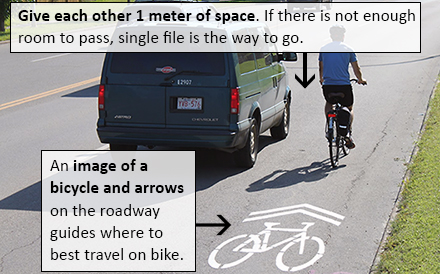
People cycle and drive along the roadway. These routes are marked with blue or green bike route signs or painted markings on the roadway.
The Safe Passing Distance Bylaw provides clear guidance for how much room people driving need to leave to safely pass people biking on the street.
In your vehicle:
- Pass safe, leave space; leave 1 metre between you and the person biking where the speed limit is 60 km/h or less, and 1.5 metres where the speed limit is greater than 60 km/h
- You may cross the solid yellow line, when safe, to give the required space
- People biking or scooting on the street may be riding in the middle of the lane to avoid obstacles and debris close to the curb
- Wait until it’s safe to pass, it won’t add much time to your trip
On your bike:
- The road marking guides where its best to travel on your bike
- Ride far enough out from the curb to avoid obstacles and to help people driving see you
- Ride in a straight line, rather than weaving in and out of parked vehicles
Road Markings and Street Signs
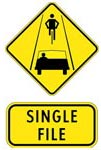

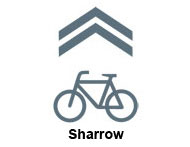
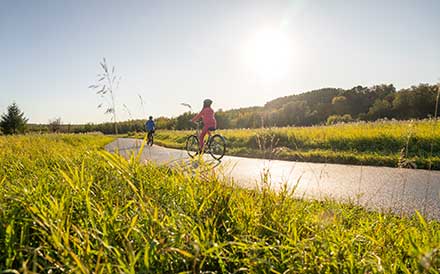
Shared pathways, which are paved, and trails, that are hard packed with gravel, wood chips or dirt, are for many activities. You can bike, walk, run and more.
On Your Bike:
- Use the path to travel in both directions
- Ring your bell to pass
- Slow down and pass on the left
- Yield to slower users
On Your Feet:
- Be aware that others may choose to pass you on your left
In Your Car:
- Check both directions and check for bikes when crossing a shared pathway
Some sidewalks may be designated as Shared Pathways or Shared Use Sidewalks. Watch for signs. Shared-use sidewalks are typically 2.5 m or wider and are marked with signs that indicate that they are shared. Watch for signs.
A complete list of shared-use sidewalks is available under Bicycle Highways in the Traffic Listing Document.
On your bike:
- Yield to pedestrians on shared-use sidewalks and ring your bell before passing
- Bicycles with wheels less than 50 cm in diameter, such as children's bicycles, are permitted on any sidewalk


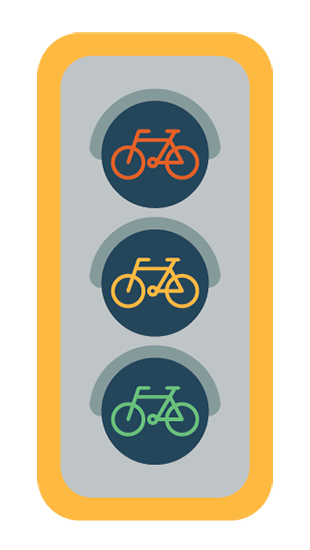
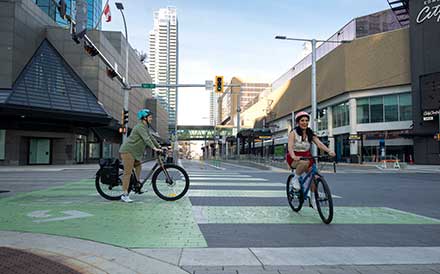
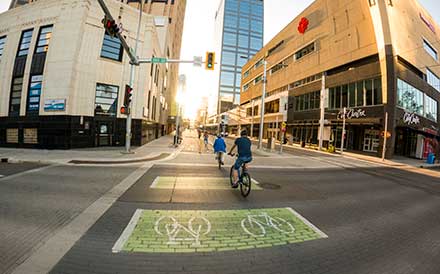
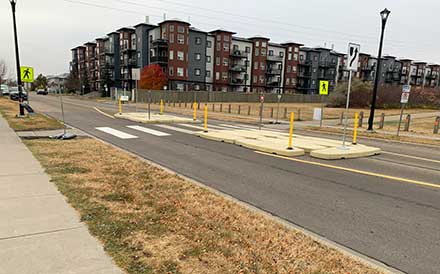
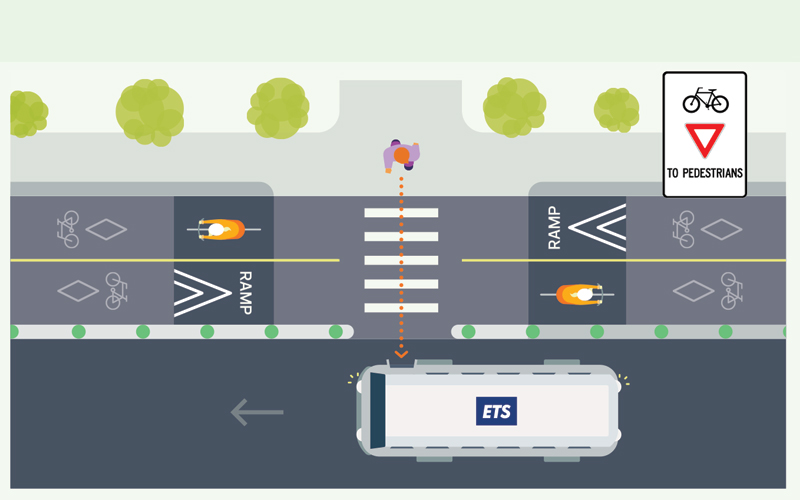
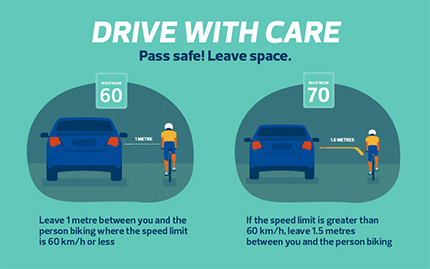
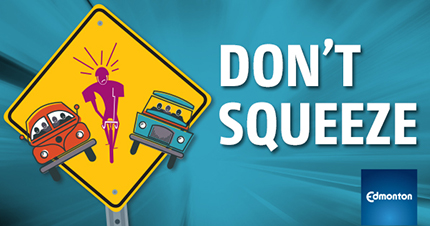
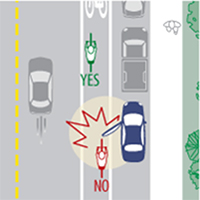
 Cycling on the sidewalk is not permitted except for bikes with a 50cm wheel diameter or less, such as kids’ bikes.
Cycling on the sidewalk is not permitted except for bikes with a 50cm wheel diameter or less, such as kids’ bikes.